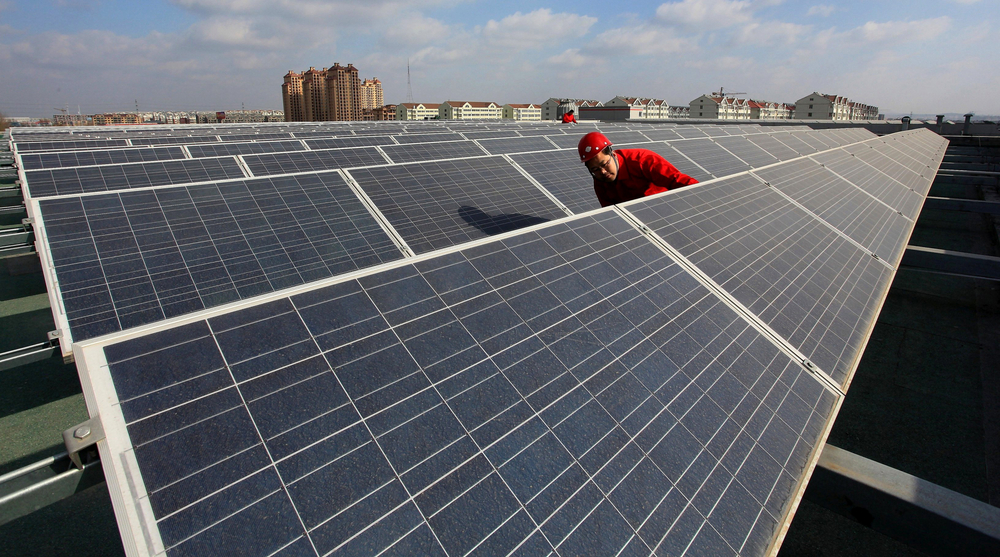Author: Schneider Electric
Downtime in ports can cause widespread disruption
Ports are part of the world’s critical infrastructure and play a central role in the global economy – around 90% of traded goods are transported by ship each year. Many ports are on a continuous journey to support the upkeep of aging infrastructure and equipment. Any unplanned downtime, such as that caused by equipment failure, negatively affects ports’ operations. It can also impact the entire supply chain.
Let’s look at one example. Cranes are essential for loading and unloading containers and cargo in ports. They operate in demanding conditions, including high ambient temperatures. If electrical components, such as an aged transformer, are not properly maintained, cranes’ motors could overheat. This could lead to widespread operational disruptions and failures, including disrupting ships’ stevedoring operations if cargo cannot be moved, which would derail their tight schedules. A disruption means an impact to companies (and people!) that need the goods inside the cargo.
Digital technology enables real-time visibility into asset health as well as a condition-based maintenance approach
Ports are transforming into digitalized, connected smart ports by leveraging technology and modernizing existing equipment, infrastructure, processes, and systems. These changes help reduce ports’ downtime and make them easier to maintain over time. The technology used in smart ports includes connected devices, such as sensors, communication breakers and relays, remote software for monitoring and analysis, and digital services.
Data can be analyzed and used for monitoring day-to-day conditions. Monitoring using real-time data provides real-time understanding and visibility into operations’ and asset’ health.
Condition-based maintenance (CBM) also relies on data analytics. This maintenance strategy leverages data to anticipate and plan ports’ maintenance needs based on information about critical assets’ and processes’ health and functionality. This knowledge can extend assets’ lifespans and make them easier to maintain because ports have information that lets them make data-based decisions. It also helps ports prevent potential asset failure while also reducing unnecessary maintenance. For example, data can be used to control power and help identify abnormal temperatures, insulation faults, or power disturbances. Extending asset life not only reduces costs for maintenance, it also contributes to circularity by aiming to achieve the best use of equipment by maximizing its lifetime.
The electrical digital twin model is the foundation for real-time power systems analysis that aims to prevent risks of operational disruptions
Digital twins are virtual representations of physical assets and processes. They can be used for modeling, analysis, and simulation of various critical port assets in a virtual and safe environment. When electrical digital twins are implemented within the port’s electrical network, ports can design, simulate, and test any changes or expansions to their current electrical system prior to field implementation. This allows ports to track the devices and components being added into the electrical distribution system in real-time, resulting in more efficient documentation virtually and on paper.
One key feature of the electrical digital twin is to “simulate before operate.” Through simulation, ports and terminal operators can check for the validity of changes to the design, check for any potential issues that may arise, and simulate for worse case scenarios when changes have been implemented. Not only does this feature ensure the integrity of the overall electrical network, but it also establishes safety checks to minimize errors that may lead to equipment downtime. Simulations of the electrical network also promote efficiency by identifying the port’s critical loads and putting in place the corresponding demand response. This allows ports to respond more quickly to critical emergencies and allocate resources accordingly.
The electrical digital twin can also be used to keep track of the current state of the entire port electrical infrastructure using its SCADA feature. Traditional paper documentation becomes inefficient, especially when multiple revisions exist, and information is not updated regularly. This could result in errors and discrepancies with the designs and actual field installations. Electrical digital twins ensure that all port personnel can use the most up-to-date versions of plans and shop drawings, establish a single repository of documents by means of digital storage and minimize the risks caused by poor documentation.
The Port of Dover is using a digital twin to determine the feasibility of a green shipping corridor
The Port of Dover is conducting a study to determine the feasibility of a decarbonized, green shipping corridor on the Dover Strait. The project is using a digital twin to create a digital, scalable model of the port’s electrical infrastructure. Using a digital twin minimizes service disruptions because the port’s new shore power systems can be designed and virtually tested before they are built and integrated into the Port of Dover’s existing facilities.


A large UK port facility is another example of how ports are reducing some of their downtime risks using digital technology
A large UK port facility wanted to improve its power resiliency to reduce downtime, which was costing the portaround 200k€/hour. Optimizing maintenance was also a priority because the port must move nearly 2M TEU/year in a harsh coastal environment.
To help solve these problems, the port connected 300+ medium voltage assets, improved predictive and preventive maintenance plans, and improved electrical distribution network maintenance. By using these solutions, the port has benefited from improved electricity reliability and better maintenance. The port plans to connect 600+ assets by the end of this project.
Learn more about how ports can minimize downtime by modernizing their assets
Ports can reduce downtime through better equipment maintenance. By modernizing using connected technology, ports can implement data-based condition-based maintenance, which helps identify problems, reduce failure risks, and extend asset lifespans. Ports operators and owners now have many options through modern technology and services to ensure that the world’s most important infrastructure is keeping up with the evolving demands of global trade. Learn more about port modernization solutions.
Tags: Digital Twin, downtime, Maintenance, power reliability, smart port











